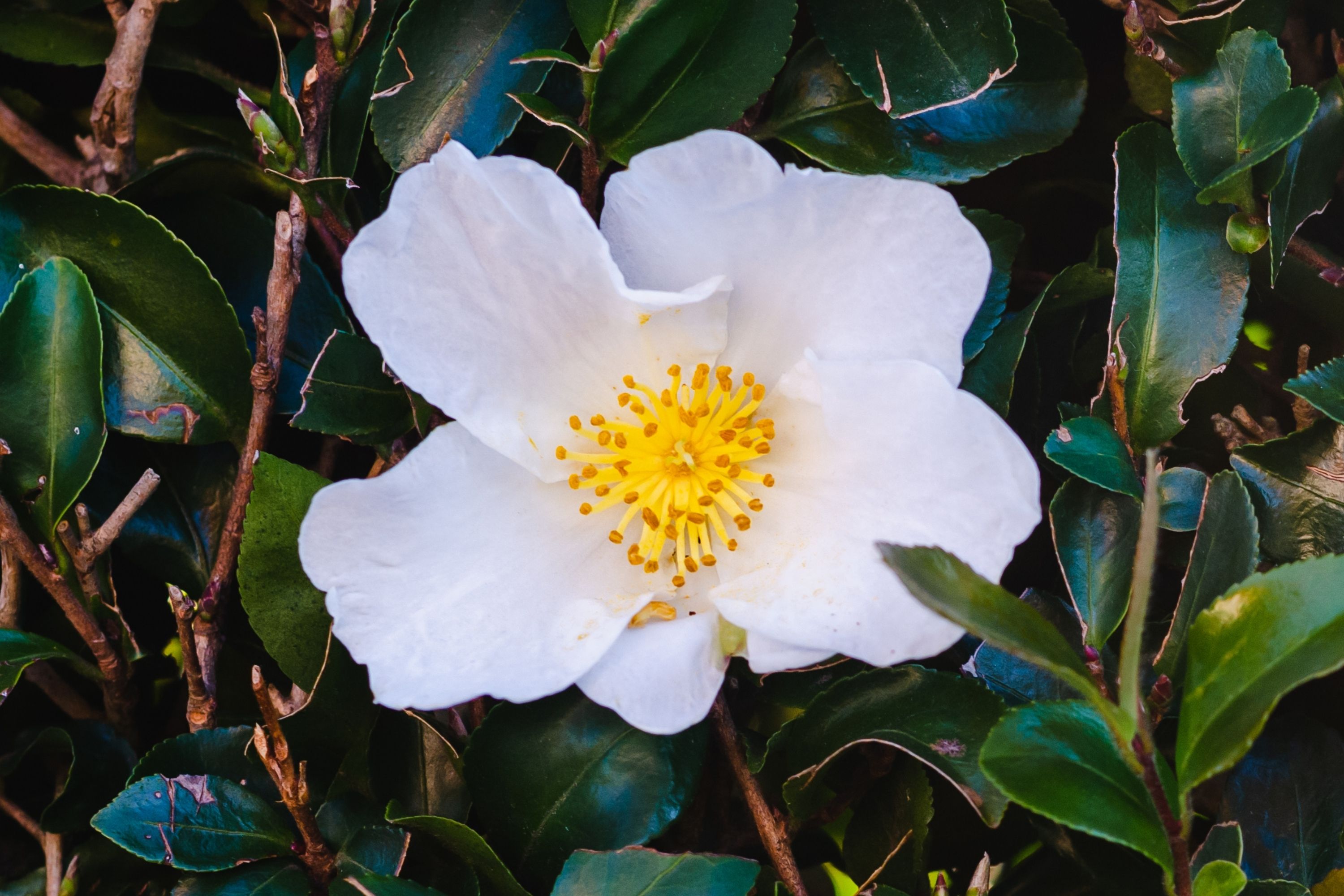Tea oil camellia
(Camellia oleifera)

Description
Camellia oleifera is a species of evergreen tree native to East Asia, where it has been cultivated for thousands of years for its edible seeds, which are used to produce tea seed oil. In addition to its culinary uses, Camellia oleifera has also been used in traditional medicine and as an ornamental plant. In this article, we will explore the history, cultivation, uses, and benefits of Camellia oleifera. Taxonomy and Nomenclature Camellia oleifera is a member of the Theaceae family, which also includes other species of Camellia, as well as the tea plant (Camellia sinensis). The genus Camellia was named after Georg Kamel, a Czech Jesuit priest and naturalist who lived in the 17th century. The species name oleifera comes from the Latin word oleum, meaning oil, and refers to the plant's use in producing tea seed oil. History and Cultivation Camellia oleifera is believed to have originated in China, where it has been cultivated for thousands of years. The seeds of Camellia oleifera were first used to produce tea seed oil during the Song Dynasty (960-1279 CE). The oil was highly prized for its culinary and medicinal uses and was traded extensively throughout East Asia. Today, Camellia oleifera is grown commercially in China, Japan, Korea, and other parts of Asia. Camellia oleifera is a relatively fast-growing tree that can reach heights of up to 30 feet. It prefers well-drained soil and can tolerate a wide range of temperatures, from -13°F to 104°F. The tree blooms in the fall and winter, producing fragrant white or pink flowers that are similar in appearance to those of other Camellia species. The fruit of the Camellia oleifera tree is a round, brownish-red capsule that contains 1-4 seeds. Uses and Benefits Tea Seed Oil Production The seeds of Camellia oleifera are used to produce tea seed oil, which is a high-quality cooking oil that is low in saturated fat and rich in monounsaturated and polyunsaturated fats. Tea seed oil is commonly used for frying, sautéing, and making salad dressings. It has a light, nutty flavor and a high smoke point, which makes it ideal for high-temperature cooking. Traditional Medicine In traditional Chinese medicine, Camellia oleifera has been used to treat a variety of ailments, including digestive disorders, respiratory infections, and skin conditions. The oil extracted from the seeds is believed to have anti-inflammatory, anti-bacterial, and anti-fungal properties. It is also rich in antioxidants, which can help to protect the body against free radical damage. Ornamental Plant Camellia oleifera is a popular ornamental plant that is prized for its beautiful flowers and evergreen foliage. It is commonly used in landscaping and can be grown as a hedge, a specimen tree, or in containers. The plant prefers partial shade and is relatively low-maintenance, making it a popular choice for home gardeners. Conclusion Camellia oleifera is a versatile and valuable plant that has been cultivated for thousands of years for its edible seeds and oil. In addition to its culinary uses, Camellia oleifera has also been used in traditional medicine and as an ornamental plant. Whether you are interested in cooking with tea seed oil, exploring the benefits of traditional Chinese medicine, or simply enjoying the beauty of a flowering tree, Camellia oleifera is a plant that is well worth your attention.
Taxonomic tree:







